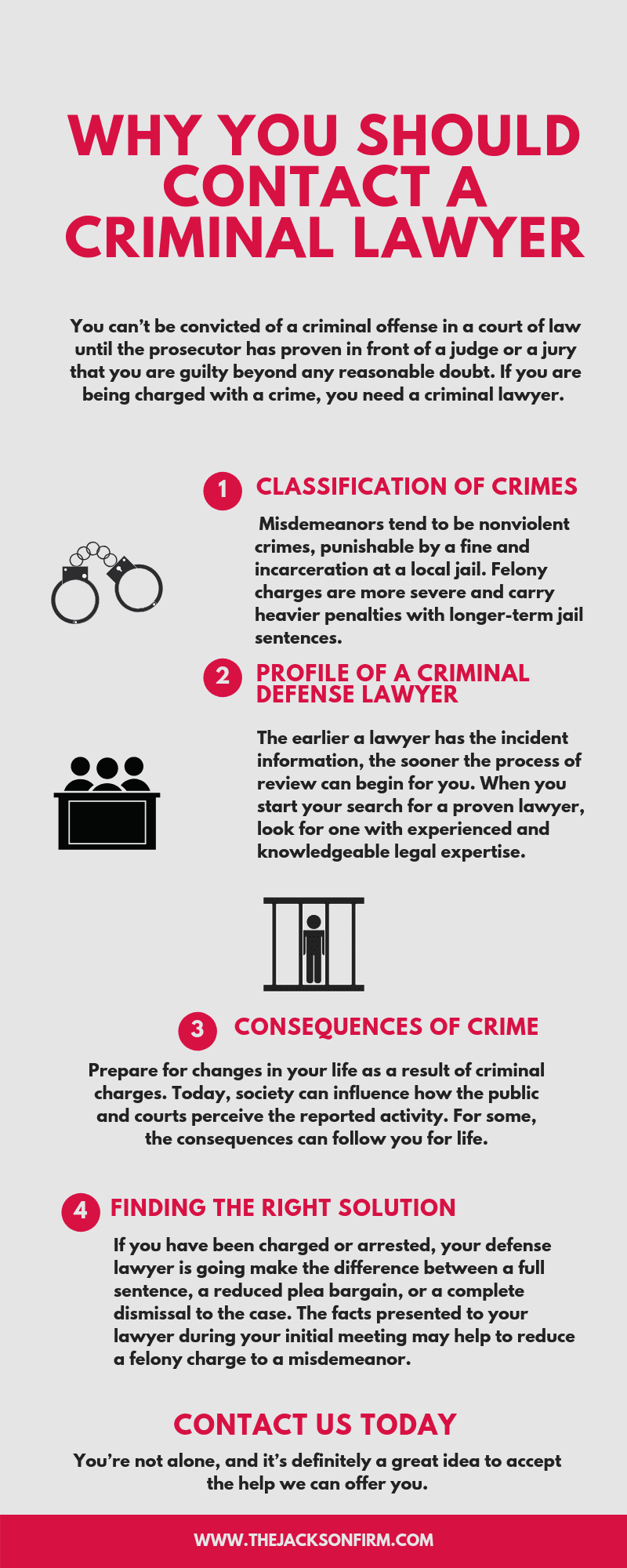Navigating A Criminal Test: A Comprehensive Detailed Examination Of What Happens
Navigating A Criminal Test: A Comprehensive Detailed Examination Of What Happens
Blog Article
Post By-Donovan Brooks
When you step into a criminal trial, you may be amazed by the structured process that unfolds. It all begins with court choice, where possible jurors are looked at for prejudices through a technique called "voir dire." After that, both sides provide their opening declarations, establishing the stage for the proof and testimonies to follow. You'll see exactly how the prosecution and defense develop their cases, but what occurs next can significantly affect the end result. Understanding these stages can disclose the intricacies of justice, yet there's more to discover about the critical moments that comply with.
Jury Selection Refine
When it concerns the jury choice procedure, you're diving into an essential stage of a criminal test. This process, frequently called "voir dire," involves wondering about possible jurors to guarantee they're honest and with the ability of providing a fair judgment.
You'll see both the prosecution and defense lawyer participating actively, each intending to select jurors who straighten with their situation's story.
Throughout voir dire, you'll discover that attorneys ask concerns about jurors' histories, ideas, and experiences. Their objective is to recognize any pre-existing predispositions that could influence a juror's choice. As a juror, you could really feel a mix of nervousness and curiosity, but your honesty is vital.
After questioning, attorneys can challenge certain jurors for cause if they think a juror can't stay impartial. They can also make use of a restricted variety of peremptory challenges to reject jurors without specifying a factor.
Trial Phases Explained
The phases of a criminal trial play an essential function in making certain a reasonable and structured procedure.
https://www.wral.com/defense-attorneys-call-co-defendant-in-nc-murder-trial-desperate-impulsive-after-drug-overdose/20199737/ 'll initially experience the opening statements, where both the prosecution and protection detail their situations. This sets the stage of what's to find.
Next off, the prosecution presents its evidence and witnesses, aiming to verify the offender's guilt beyond an affordable uncertainty. You'll see direct evaluation complied with by interrogation, allowing both sides to challenge the presented info.
After the prosecution relaxes its case, it's the protection's turn. They'll present their proof and witnesses, often concentrating on creating practical doubt. You'll see that the protection doesn't need to prove innocence; they just require to test the prosecution's case.
Once both sides have actually offered their arguments, you'll listen to shutting statements, where each celebration summarizes their instance. This is vital as it enhances their positions before the court ponders.
Throughout these phases, the court makes certain that the trial sticks to legal requirements and that the legal rights of both events are secured.
Understanding these stages will assist you value the intricacies associated with a criminal test and the relevance of each step in the pursuit of justice.
Verdict and Sentencing
Besides evidence has existed and debates made, the court or judge provides a judgment, determining the accused's sense of guilt or virtue. If you become part of the court, you'll ponder with your fellow jurors, talking about the evidence and your impressions. This procedure can take some time, as you'll wish to guarantee everyone agrees on the verdict based on the facts.
As soon as a decision is reached, it's revealed in court. If the accused is found guilty, the next stage is punishing. This is when the judge chooses the appropriate penalty. You may notice that various variables affect the sentence, such as the severity of the criminal offense, the offender's previous record, and any mitigating conditions.
The court may enforce a variety of sentences, from fines and social work to imprisonment. Sometimes, the protection or prosecution can present debates regarding sentencing, trying to persuade the court's choice.
If the offender is found not guilty, they're acquitted, and no punishment complies with. Keep in mind that a guilty verdict can typically lead to appeals, where the accused may test the decision or the sentence enforced.
Conclusion
In a criminal trial, you've seen just how essential each step is, from jury option to the last decision. You have actually adhered to the prosecution and protection as they develop their instances, aiming to convince the jury. As soon as consideration completes, the judgment figures out the outcome, and if the accused is condemned, the sentencing stage begins. Understanding these procedures aids you appreciate the intricacies of the justice system and the relevance of each role in making sure a reasonable trial.
